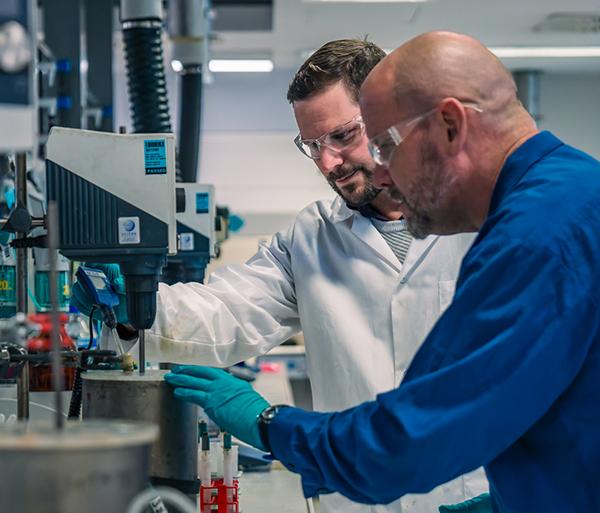ANSTO has been granted a patent in Australia and a number of European countries for the separation, a key radioactive contaminant in critical minerals processing, actinium-227, from process liquors used in minerals extraction.
It comes at a time when the Federal government has made a significant commitment and investments to make Australia a world-leading producer of raw and processed critical minerals
Actinium is a naturally occurring radioactive decay product of uranium-235, which is often found in ores and critical minerals concentrates mined processed in Australia.
The main advantage of the approach is that it can be added into existing rare earth processing workflows (flowsheets), which avoids the higher costs and increased complexity associated with solvent extraction to remove it.
And it does this without affecting the rare earth elements of interest.

The technological process was invented by Minerals Principal Consultant Dr Chris Griffith and a team comprising Dr John Demol, Dr James Quinn, and Dr Marina Fainerman-Melnikova.
"The patent confirms the novelty of our processing, but the real significance is the value to project developers who want to produce a mixed rare earth chemical intermediate, low in actinium 227, without engaging in more complex separations" said Dr Karin Soldenhoff, Principal Consultant, Minerals.
The deep expertise of the team in minerals processing led to the development over two years, following a serendipitous observation that specific metals could selectively co-precipitate actinium.
"We have a lot of credibility in this area. Numerous commercial partners have already asked us to assess how this technology could be integrated into their processing," said Dr Griffith.
Although solvent extraction will remove actinium to a larger extent, this process gives rare earth carbonate extraction (MREC) companies an intermediate that meets a certain specification and can be transported by rail.
"There are a lot of rare earth companies, who want to produce a mixed rare earth carbonate and the majority of them are going to be affected in some way by actinium.
"They don't have to consider building a solvent extraction refinery to deal with actinium. They may want to do that longer term, but in the shorter term, they can consider a smaller build and produce a material which is saleable," said Dr Griffith.
Dr John Demol, who contributed to the research said that characterising a large number of parameters that contributed to why the process works was challenging. "We had to assess which parameters would take the performance to the next level."
The chemistry was complicated by the presence of radioactivity.
Direct characterisation analytical techniques do not work, as the actinium is not a normal trace element impurity.
The team developed an in-house capability to use actinium 225a as a tracer, which meant they did not have to wait months for results. They were able to get results the next day and make good progress on understanding the effects of certain parameters on the chemistry.
The agent has a stronger affinity for radium, which it will also remove.
The work supports activity of the Australian Critical Minerals Research and Development Hub
ANSTO, CSIRO, and Geoscience Australia are working together to boost and commercialize Australia's critical minerals.
By focusing on key technical challenges and national priorities, the Hub supports international R&D collaboration to strengthen supply chain resilience.
This initiative is an Australian Government-funded partnership supporting the federal Critical Minerals Strategy.






